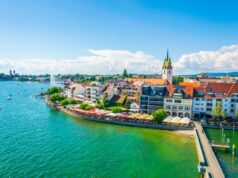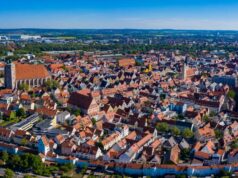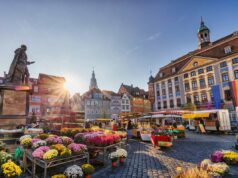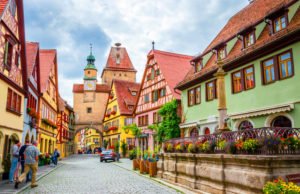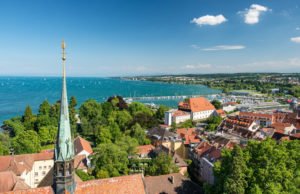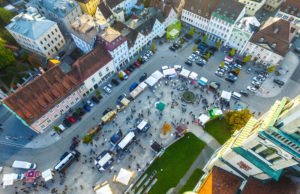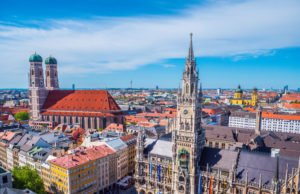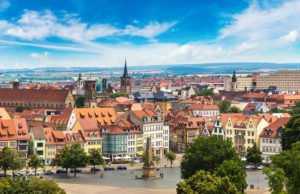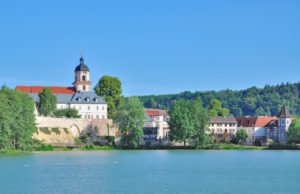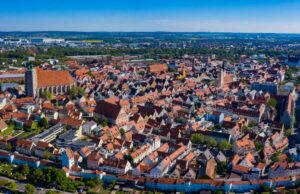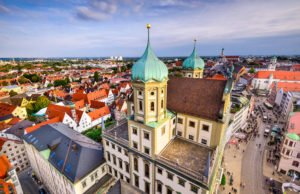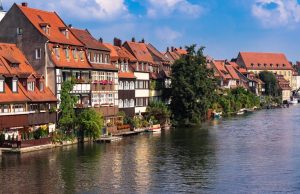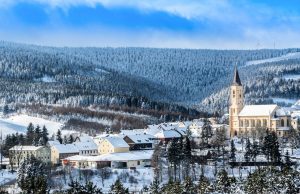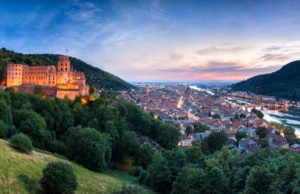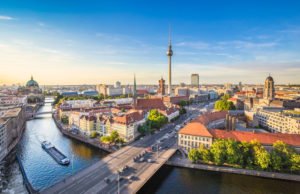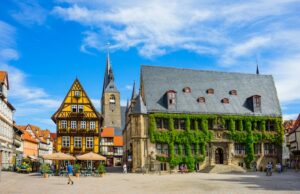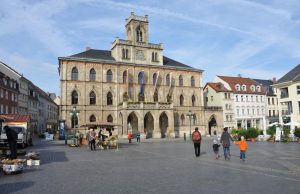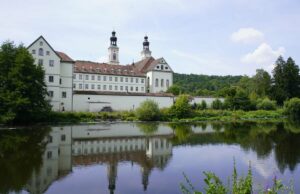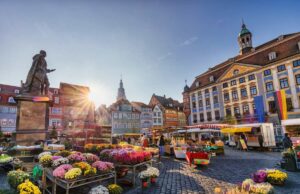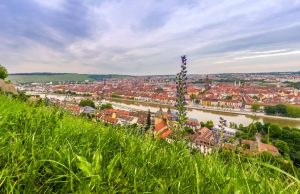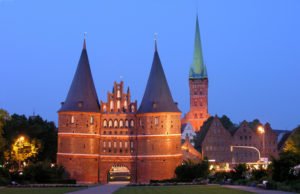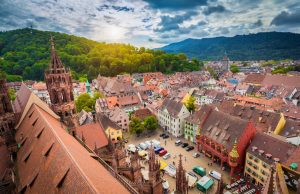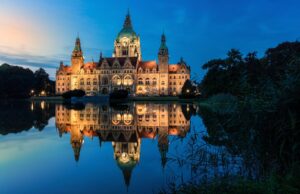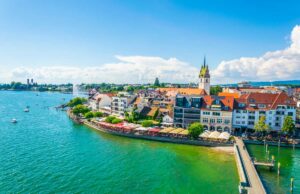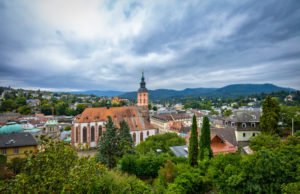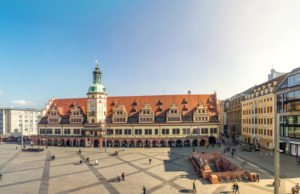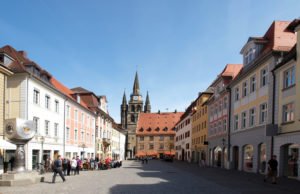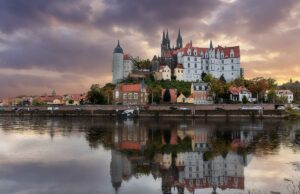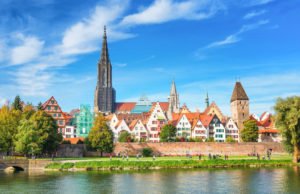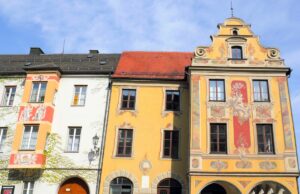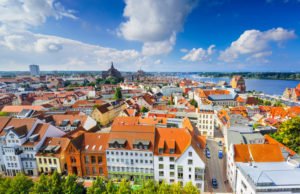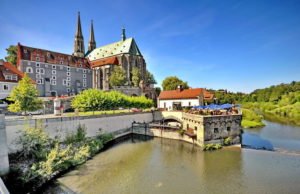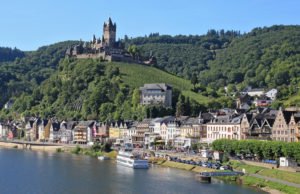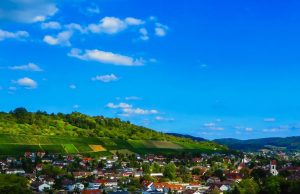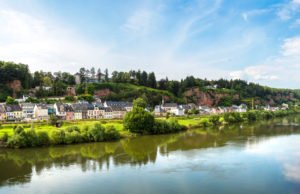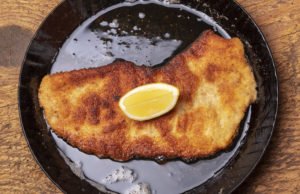Want to stay in the southernmost inhabited settlement in Germany? Oberstdorf is the place for you! Nestled within the Bavarian Alps, Oberstdorf is home to some gorgeous scenery and there are plenty of things to see and do here. It does not matter if you are on a strict budget or if you have plenty of money to splash out with, great times are guaranteed in Oberstdorf.
What to see and do in Oberstdorf
As mentioned above, Oberstdorf is located in the Alps, which makes it great for hiking, camping and skiing. You can try your luck on the Heini-Klopfer-Skiflugschanze, which is the second largest ski jumping hill in the entire world. Other fantastic ski resorts and skiing areas nearby include Kanzelwand/Fellhorn, Kleinwalsertal and Nebelhorn. For a stunning view, ride the cable car to the Nebelhorn, or the diagonal diagonal elevator to the peak of the Heini-Klopfer-Skiflugschanze. Hikers will also love the valleys of the Breitach, Stillach, Oybach and more.



The best time to visit
Oberstdorf is a family friendly location and it is popular all year round with both winter sports enthusiasts and with general tourists seeking a gorgeous place for a rural getaway. If you are going skiing, snow coverage is usually at its best between November and March, but it is advisable to check out local weather reports to get more accurate dates as weather patterns can be slightly different from year to year. If you are planning on going hiking, the summer months of June to August are a great time to visit. During this time of year, when the most substantial snow has melted, around 200 km of hiking trails open up for you to explore.
Where to stay
It is possible to stay in Oberstdorf itself or in one of the surrounding villages such as Tiefenbach (which boasts a spa and sulphur springs), Kornau (with its historic Renaissance churches, located around 915m up in the mountains) and Reichenbach which has its own famous swimming pool, the Moorwasser. Spend a little more and you can stay in a luxury ski resort. Or, just camp out, provided the weather is fine.
Public transport
Getting around Oberstdorf is very easy – there are plenty of reliable public transport options over and above the aforementioned cable cars! The village of Oberstdorf has its very own train station right in its centre, so no matter where in Germany you are travelling from, you can let the train take the strain and arrive right at your destination. Other options include taxis and your own car (snow tyres are a smart idea in winter). There are also regional bus services throughout Bavaria and the option to hire bicycles once you arrive in the village. One tip is to take the bus to Kleinwalsertal in Austria – Kleinwalsertal is only accessible from Oberstdorf by bus.
Shopping areas
Need to stock up on supplies? Head down to one of the supermarkets such as Edeka on Poststraße 10 or Lidl on Steinach 20. The key shopping area can be found in the centre of the village. Here you can purchase everything from sporting goods to a new phone.
Typical regional food in Southern Bavaria
Bavarian cuisine typically revolves around Knödel (herby boiled dumplings), beets and potatoes. All of this is very hearty fare when you are off skiing or hiking, and it tastes great at the end of the day when washed down with a pint of Bavarian beer. Bavaria is home to around 4, 000 different types of local beer and some of the most popular varieties include Bockbier (which can be over 10% alcohol volume and thus great for a night out – in moderation) and Weissbier (which is brewed from wheat). Try regional specialities like bread soup, Apple Strudel with Bavarian Cream (this is an especially thick form of cream that is often flavoured with a liquer such as Schnapps), and the white sausage known as Weisswurst which contains veal, pork, lemon herbs and more. For a light snack try a traditional pretzel or perhaps a plate of Brotzeit, which is the Bavarian version of a ploughman’s lunch and which usually involves brown bread, creamy potato and cheese spread, boiled eggs, pickles, Vienna sausage, pork belly and other treats (such as Obatzda, which is a paprika and cheese spread).







